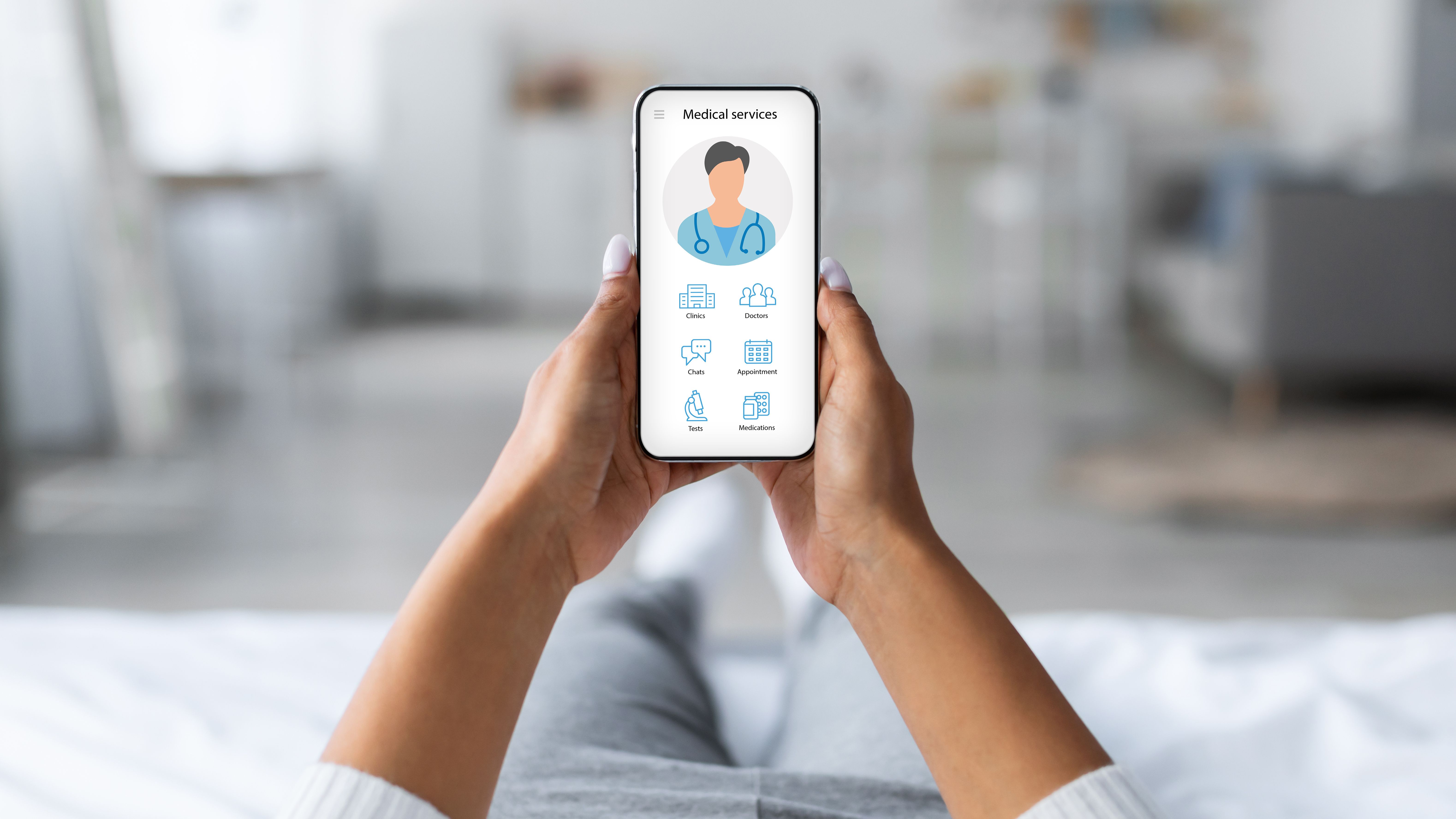- Center on Health Equity & Access
- Clinical
- Health Care Cost
- Health Care Delivery
- Insurance
- Policy
- Technology
- Value-Based Care
Smartphone-Powered CKD Screening Yields 2.5-Fold Increase in Testing, Early Diagnoses
Smartphone-based home screening significantly boosts chronic kidney disease (CKD) diagnosis and follow-up care, enhancing patient engagement and treatment outcomes.
A smartphone-powered home testing program increased screening rates for chronic kidney disease by more than double.
Image credit: Prostock-studio - stock.adobe.com

A smartphone-powered home testing program increased screening rates for chronic kidney disease (CKD) by more than double and led to significantly higher rates of diagnosis and follow-up care, according to new data from a Geisinger pilot program presented at the American Diabetes Association’s 85th Scientific Sessions.1 The study, which included patients with diabetes and/or hypertension, found that those offered the home urine test completed urine albumin to creatinine ratio (uACR) screening at rates 2.5 times higher than patients receiving usual care and were significantly more likely to receive a CKD or proteinuria diagnosis over a 270-day period.
"uACR testing is critical for evaluating kidney health and risk of cardiovascular events such as myocardial infarction or stroke," Alexander Chang, MD, MS, associate professor from the Department of Population Health Sciences at Geisinger, said in a statement.
The findings presented at the meeting revealed a significant increase in uACR completion rates in the intervention group, achieving a notable 53.1% compared with 21.2% in the control group (P < .001). Over a 270-day follow-up period, 4.7% of participants in the intervention group received a CKD or proteinuria diagnosis vs 2.9% of those who received standard care (P < .001).
Moreover, individuals with elevated uACR levels (≥ 30 mg/g) demonstrated higher rates of primary care follow-up visits (95.3% vs 92.9%; P < .001) and nephrology consultations (7.2% vs 1.7%; P < .001) compared with those with normal uACR levels (< 30 mg/g).
Additionally, there was a notable increase in prescriptions for angiotensin-converting enzyme inhibitors/angiotensin receptor blockers (7.5% vs 4.4%; P = .024) and sodium-glucose cotransporter 2 (SGLT2) inhibitors (4.1% vs 2.7%; P = .054) among those with elevated uACR, highlighting the clinical impact of early CKD detection.
SGLT2 inhibitors have shown beneficial evidence across cardiometabolic and renal disease states. Research has demonstrated the treatment’s efficacy in reducing the risk of major cardiovascular events and heart failure for individuals with type 2 diabetes,2 and the class has also shown strong benefits in reducing proteinuria and slowing CKD progression through mechanisms such as lowering intraglomerular pressure and renin activity.3 Originally developed for glycemic control in type 2 diabetes, these agents have since exhibited potential in improving outcomes in both CKD and heart failure (HF), conditions frequently complicated by renal dysfunction. Despite robust clinical evidence supporting their cardiorenal benefits, SGLT2 inhibitors remain underprescribed in primary care settings.
"Given the increased rates of engagement, testing and follow-up care shown in this study, we are excited about the potential for the Minuteful Kidney program to drive earlier diagnosis rates and help make a direct, positive impact on patients' lives," Chang continued.1
The Minuteful Kidney test, FDA-cleared and accessible via smartphone, empowers patients to obtain clinical-grade results swiftly, supported by educational resources and streamlined follow-up care, according to the statement from Healthy.io. The initiative aims to address barriers to comprehensive screening, promoting broader CKD awareness and proactive health care management.
References
1. Healthy.io, Geisinger and Boehringer Ingelheim study reveals significant increase in albuminuria identification with the addition of smartphone technology. News release. Healthy.io. June 20, 2025. Accessed June 27, 2025. https://www.prnewswire.com/news-releases/healthyio-geisinger-and-boehringer-ingelheim-study-reveals-significant-increase-in-albuminuria-identification-with-the-addition-of-smartphone-technology-302479635.html
2. Steinzor P. GLP-1 RAs, SGLT2 inhibitors associated with reduced MACE, HHF in patients with diabetes. AJMC®. April 9, 2025. Accessed June 27, 2025. https://www.ajmc.com/view/glp-1-ras-sglt2-inhibitors-associated-with-reduced-mace-hhf-in-patients-with-diabetes
3. Grossi G. SGLT2 inhibitors show renal benefits in HF and CKD as prescribers target uptake gaps. AJMC. April 15, 2025. Accessed June 27, 2025. https://www.ajmc.com/view/sglt2-inhibitors-show-renal-benefits-in-hf-and-ckd-as-prescribers-target-uptake-gaps
